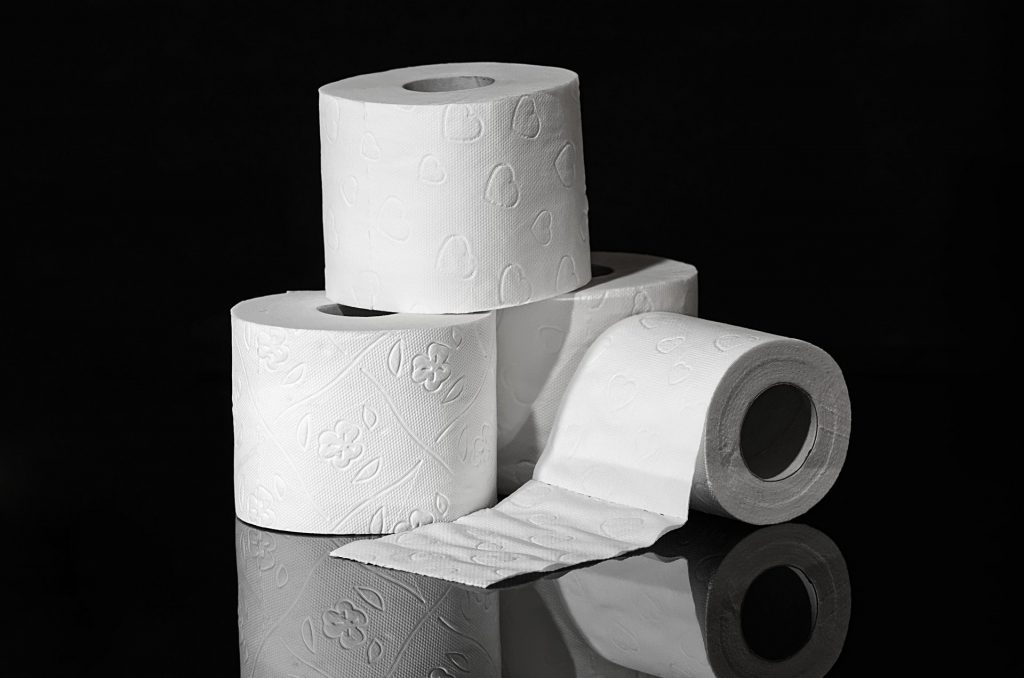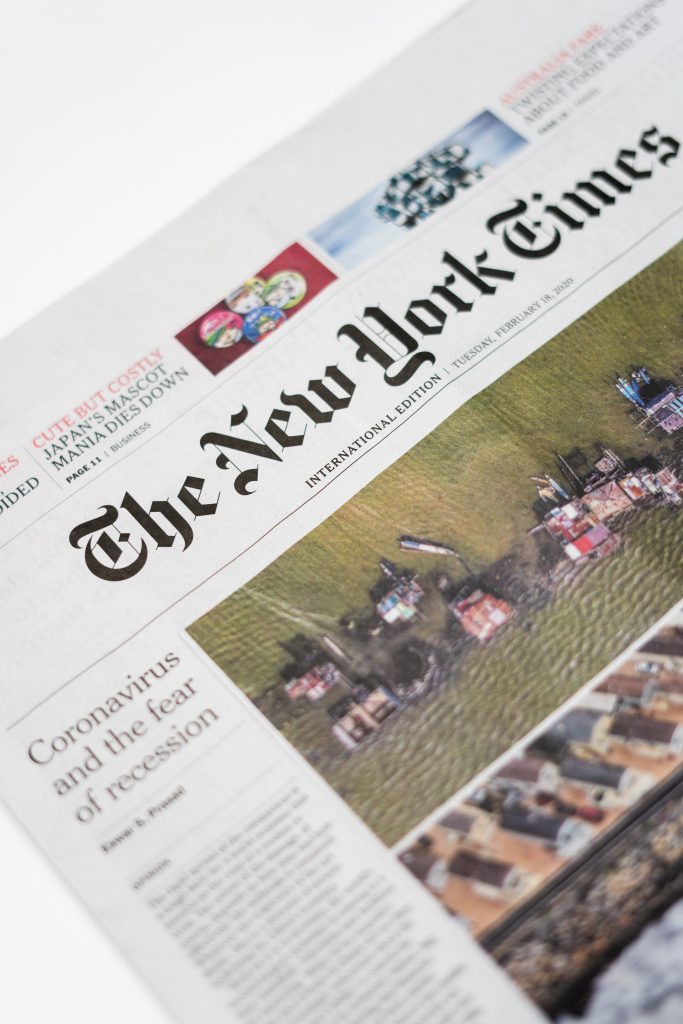
Where did all the toilet paper go?
Citizens are scrambling to get all the toilet tissue they can. People are stockpiling in an arms race to get their toilet paper.
There is a rush to grab hold of the essential item as panic has swept countries like Canada and Australia. Massive lines have formed at grocery stores around the world.
So what is the rationalization behind the hoarding of t.p.?
There are some who would argue that it’s simply a fear of missing out. It turns out there is a sound economic principle behind the buying of toilet paper. The fear of other people panic buying is causing everyone to panic buy. This is what can be referred to as a “toilet paper run.” A toilet paper run is like a bank run – a bank run is when clients of a bank decide to withdraw all the money from their account at once. This is unsettling because banks only carry a fraction of their deposits as cash reserves, allowing banks to loan other customers money using credit. So if everyone were to withdraw all at once it would cause a structural collapse.
So economic game theory suggests that everyone either panic buys or acts normally to maintain a state of balance. It would seem that otherwise rational people then act irrationally in the name of self-interest.
While toilet paper acts as a single-use item, it is an item that people can use that doesn’t deteriorate. So buying it is an action people can take and is low risk.
Even Canada’s public health minister, Patty Hajdu, has encouraged Canadians to stockpile food and medication.
But it’s perhaps economists who should be afraid of soiling themselves.
COVID-19 may trigger a new recession.

The federal reserve and other central banks try to assist the economy through a process called quantitative easing. They make up for the loss in profits by making borrowing more accessible by lowering interest rates. This can help stimulate the economy, returning a sense of balance.
However, managing the money can be challenging. Central banks like the Federal reserve make their decisions on data that is weeks-to-months old. So the information isn’t fresh and may not take into consideration variables that are already affecting the market. Changes to the federal funds rate can also take three months to two years to trickle down.
Quantitative easing also likely won’t help COVID-19’s effect on the markets because the recession would be due to a lack of consumption. Consumption accounts for 70% of the United States’ gross domestic product. If consumers stop attending events, as has been the case, due to the public health plan of “social distancing” that countries around the world have been implementing, then no amount of quantitative easing will be enough to supplement the economy.
Besides toilet paper, people are also stocking up on canned goods, hand sanitizer, disinfectant wipes, and meat. This suggests that people are stocking up for concern of being in isolation and the need to be quarantined, so they don’t plan on making consumer purchases in the near future.
Businesses may begin to lay off workers and this, in turn, will affect the spending power of the average person.
Supply chains have been hit particularly hard as well. The market does not like uncertainty.
Even after the virus is clear, the economic consequences are unclear. Due to the interdependent nature of the world’s economy, COVID-19 may have unprecedented effects. The world may be under siege by the biggest threat to the world economy since the global recession, as reported by the Atlantic.
So while stocking up on toilet paper may seem imprudent, there is a real economic rationale behind it. Stocking up on consumer goods and planning out rations for weeks may be one of the only ways people might be able to consume goods for a while.
In a search for finding predictive models of consumer behaviour, toilet paper may have some of the answers. While supplies last.